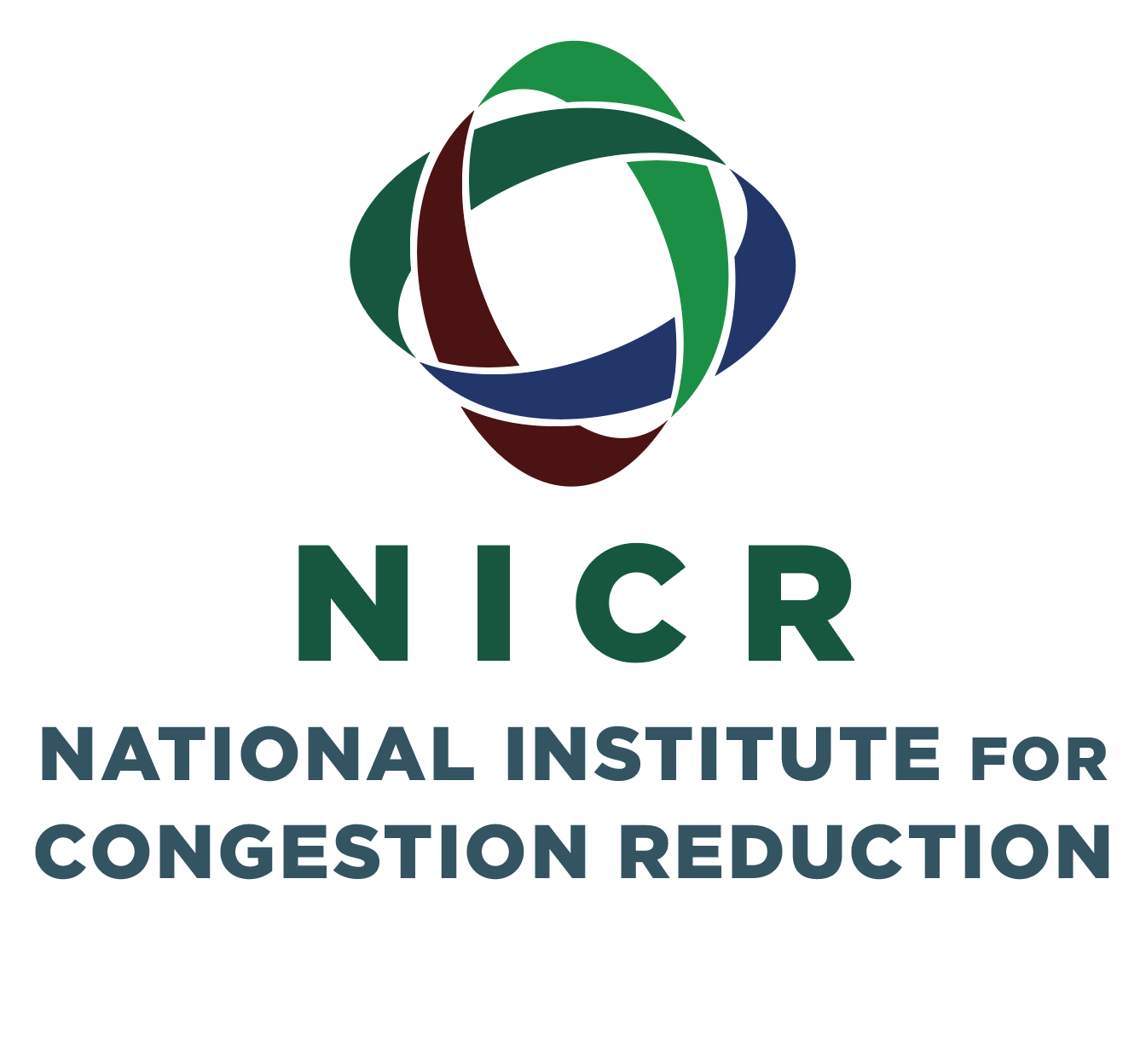Document Type
Technical Report
Publication Date
1-1-2024
Keywords
Queue management, starvation of green, rail, INRIX, preemption, priority, simulation, field analysis
Digital Object Identifier (DOI)
https://doi.org/10.5038/CUTR-NICR-Y3-4-9
Abstract
Traffic congestion is challenging to resolve at closely spaced, oversaturated intersections. This condition leads to underutilization of green time at upstream intersections due to queue spillback from downstream traffic signals (green starvation). Such conditions cause significant delays and queue backups. In addition, conflicting modes of travel, such as pedestrians or rail, may exist at a site and limit available strategies to manage the green time effectively. This project explored strategies to increase utilization of green time that account for conflicting modes of travel. This project used a field deployment and hardware-in-the-loop simulation analysis to evaluate the effectiveness of strategies in reducing green starvation. In addition, the research team used the site’s historically high traffic month of August to collect field data of the performance of the project’s revised strategy. The goal was to identify strategies that are effective at reducing the number of phase failures caused by blocked street segments downstream despite limitations set by pedestrian timings or rail preemptions. The research team found that the priority control based flushing technique improved performance for the system overall. The team recommends exploring better back of queue detection equipment to improve the reliability and function of the system.
Scholar Commons Citation
Florence, David; Shah, Niyati; Albert, Debbie; Chaudhary, Nadeem; and Sunkari, Srinivasa, "Supply Management of Auto Traffic to
Address Starvation of Green in
Multimodal Environments" (2024). Research Reports. 30.
https://digitalcommons.usf.edu/cutr_nicr/30
Policy Brief


